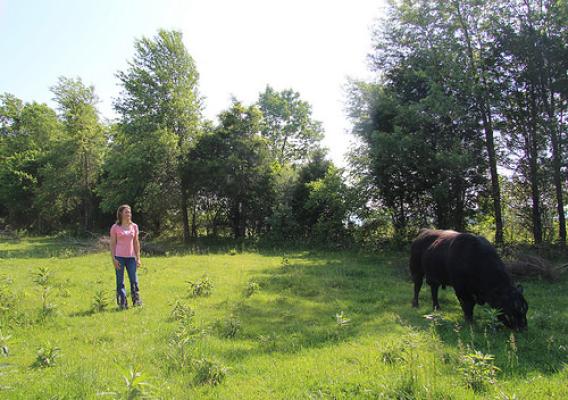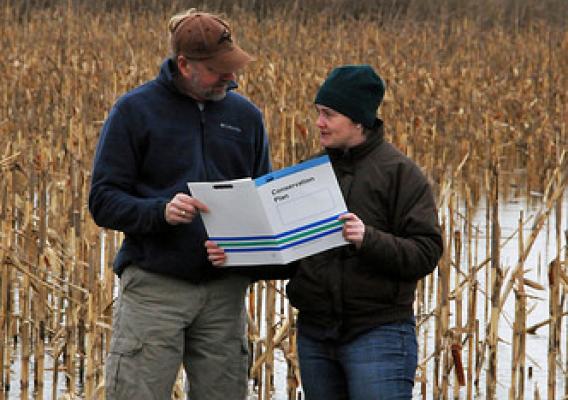This post is part of the Science Tuesday feature series on the USDA blog. Check back each week as we showcase stories and news from USDA’s rich science and research portfolio.
Farmers love data. And while big picture items are great, growers tell us they really want and can use local data. In addition to national and state-level statistics, some of our most popular data are the county-level agricultural production information that we collect and publish.
Collecting local data is not an easy task. For example, in Iowa, where I oversee agricultural statistics, to determine 2015 county-level numbers, we surveyed 11,500 farmers in December and January to supplement data from nearly 3,000 Iowa farmers surveyed for the January 12th Crop Production Annual Summary report. These statistical surveys are designed so all farmers in the state have a chance to be selected for participation. In order to publish county data, we need responses from at least 30 producers in each county or yield reports for at least 25 percent of the harvested acreage in a county. Luckily, here in Iowa, we received 50 or more farmer reports for many counties but we still had a couple of counties that did not make the 30 report requirement for publication.










